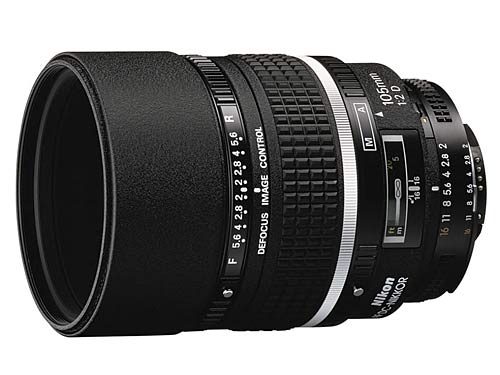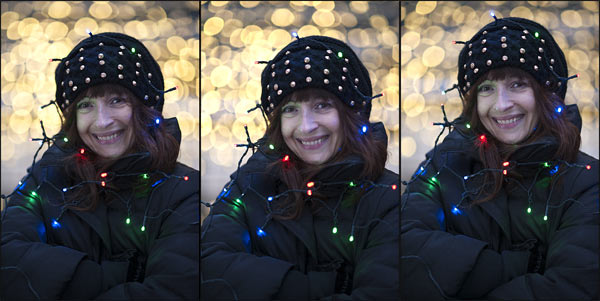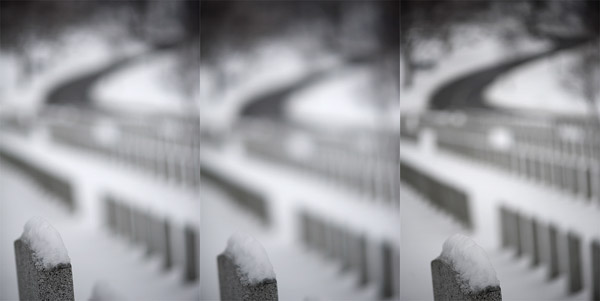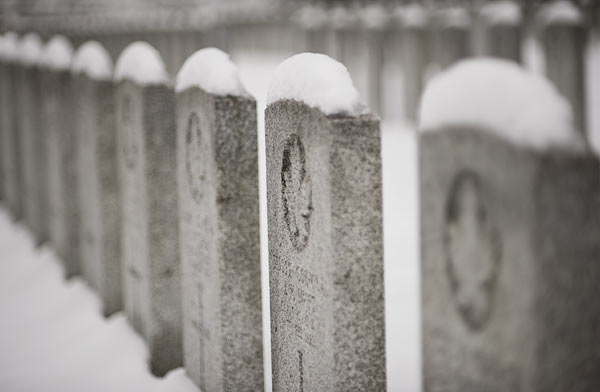Photography podcast #128 talks about five reasons why I think the 50mm lens is the first lens you should get for your SLR or DSLR. Two of these reasons are all the aperture advantages this lens has to offer has and the fact that it’s one of the most affordable brand new lenses you are likely to find (that aren’t garbage).
If you have a full frame camera the 50mm will act as the conventional 50mm lens from the film camera days. On a crop sensor camera the lens will act more like a 75mm or 80mm lens and many people are using this lens to make wonderful portraits.
Thanks to The Camera Store (The largest camera store in Calgary, Alberta, Canada) for sponsoring the Photography.ca podcast.
Click the player at the end of this post to listen to (or download) the 8ish minute podcast.
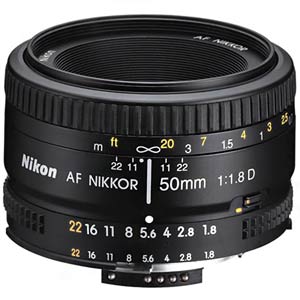
This is a 50mm lens — It’s the first lens you should buy for your DSLR or SLR.
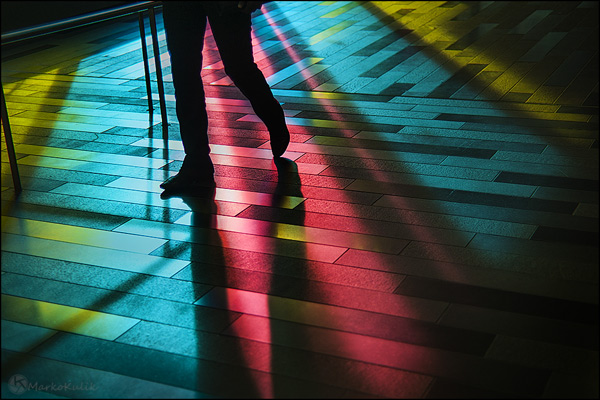
This image was shot on a full frame DSLR using a 50mm lens at Palais Des Congres in Montreal, QC, Canada. The exposure was ISO 400 f/1.8 at 1/2500
Links /resources mentioned in this podcast:
Good comments from our last podcast - Point and Shoot Cameras Suck for Learning Photography
The Canon 50mm at The Camera Store
The Nikon 50mm at The Camera Store
Reversing rings at The Camera Store
The Canon 50mm at B&H
The Nikon 50mm at B&H
Reversing rings at B&H
If you liked this podcast and want to review it on Itunes, this link gets you to the main page
If you are interested in writing for our blog please contact me photography.ca ( A T ) G m ail Dot co m (using standard email formatting)
Please join the Photography.ca fan page on Facebook
My Facebook profile — Feel free to “friend” me — please just mention Photography.ca
My Twitter page — I will follow you if you follow me — Let’s connect — PLEASE email me and tell me who you are in case I don’t reciprocate because I think you are a spammer.
If you are still lurking on our forum,
feel free to join our friendly ![]() Photography forum
Photography forum
Although ALL comments are appreciated, commenting directly in this blog is preferred. Many thanks to Alain Casault, Lisa Osta, and Tom Trottier for their comments from the last podcast. Thanks as well for the emails and welcome to all the new members of the bulletin board.
If you are looking at this material on any other site except Photography.ca — Please hop on over to the Photography.ca blog and podcast and get this and other photography info directly from the source. |Subscribe with iTunes|Subscribe via RSS feed |Subscribe for free to the Photography podcast — Photography.ca and get all the posts/podcasts by Email
You can download this photography podcast directly by clicking the preceding link or listen to it almost immediately with the embedded player.
Thanks for listening and keep on shooting!
Podcast: Play in new window | Download
